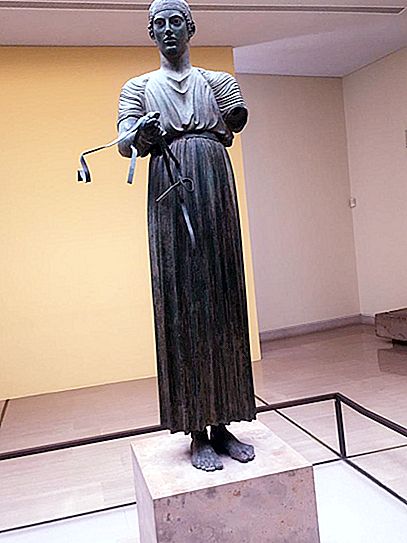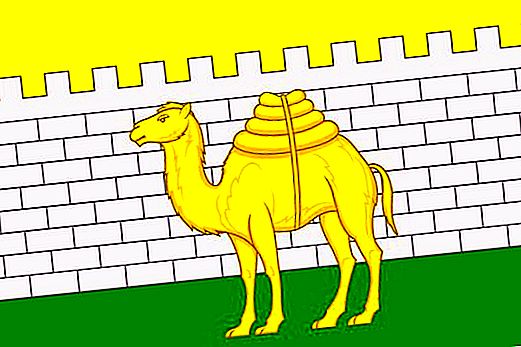This largest waterway of Russia originates in Altai, and then carries its waters to the north, to the Kara Sea. In this article you will find a brief description of the Ob River according to plan. In addition, you will also learn how to correctly calculate the fall and slope for any watercourse.
Ob River: Kara Sea basin
The mighty river of Western Siberia flows to the Arctic Ocean, taking in a myriad of tributaries of different sizes. As soon as different nationalities did not call it: Kwai, Eme, Salya-Yam, Ob. The fall of the river, it is worth noting, has a rather low rate. This is explained by the fact that all of it, including the place of source, is located in the flat territories. Therefore, the height differences along the channel are insignificant.
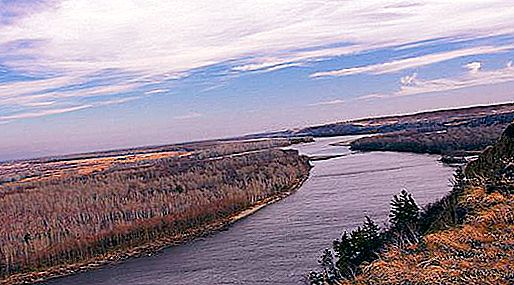
A brief description of the Ob River according to the plan can be represented as follows:
- The length and area of the drainage basin.
- Etymology of the name.
- The main tributaries of the Ob River.
- The source and mouth of the watercourse.
- Ob: the fall of the river and its slope.
- Nutrition and water features.
- Organic world of the river.
- Navigation and shipping.
- Large cities along the river bed.
Brief description of the river
The length of the Ob River is 3650 km. It collects its waters from a vast territory of almost 3 million square kilometers (this, by the way, is larger than the territory of Kazakhstan!). Not for nothing that almost all the existing names of this water artery can be translated as "big river". But the word "ob" (the modern name) has Iranian roots and translates as "water". The fact is that Western Siberia was inhabited by Iranian-speaking tribes for a long time, which probably gave the name to this river.
The place where Katun and Biya merge is considered the source of the Ob. And she carries her waters to the Kara Sea. In this case, the river forms a vast delta, which ends with the Gulf of Ob. The main tributaries of the Ob: Irtysh, Vasyugan, Vakh, Ket, Chulym. It is interesting to note that the Irtysh even exceeds Ob in length.
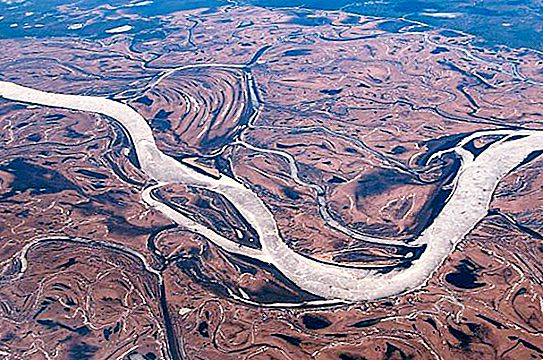
Nutrition Ob - mostly snowy. The flood period (in different parts of the channel) lasts from early April to early May. During the spring opening, large ice jams are very often observed on the river, as a result of which a unique situation can be observed in spring. The water level in some sections of the main river temporarily rises, as a result of which some of its tributaries can temporarily change their direction.
River fishing has been developed since ancient times. Perch, pike perch, pike, burbot, roach, sterlet, sturgeon and crucian carp - this is what you can catch in the Ob today. In total, over 50 species of fish now live in the river. Half of them are of industrial importance.
The history of navigation along this waterway arises from the middle of the 19th century. In 1844, the first ship was launched here. And by the end of the century, there were already 120 steamboats on the river that carried out regular passenger flights.
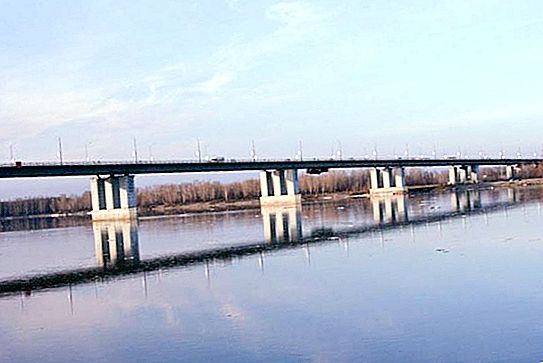
Today, there are 14 cities on the river. The most important river ports are in Barnaul, Novosibirsk, Tomsk, Omsk, Tyumen and Khanty-Mansiysk.
Ob: the fall of the river and its slope
As already mentioned at the beginning of the article, the river flows through the plain expanses of Russia. How can one determine the fall of the Ob River? To do this, you need to know only two values. Firstly, the absolute height of the mouth (in meters). And secondly, the height of the source point of the Ob River.
The fall of the river is nothing more than the difference in absolute heights between the points of its source and mouth. Obviously, this indicator directly depends on the nature and dissection of the relief of a particular area. The maximum fall of the river will be characteristic of mountain rivers.
Calculating the slope of any watercourse is also not difficult. To do this, you need to find out the length of the river, and then divide the value of the fall of the river (in meters) by its total length (in kilometers). Thus, we get a value that will actually show how many meters the river "falls" with each kilometer of its length.
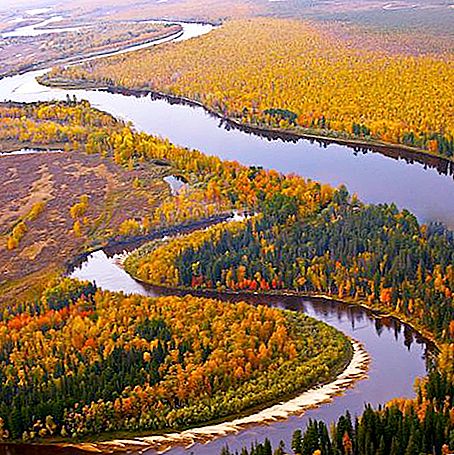
We calculate these indicators for the Ob. It is known that the absolute height of the source of the river is 164 meters. Since the Ob, in fact, flows into the ocean, the mouth is at around zero meters. Thus, the total fall of the river is 164 meters.
Now there is nothing easier than calculating the Ob slope. It is necessary to divide 164 meters by the length of the river (3650 km). And we get a value of 4.5 cm / km. In other words, for every kilometer of its length, the Ob channel "falls" by 4.5 centimeters.

